10+ Best Cheesecloth Substitutes
When you buy through our links, The Breslin may earn an affiliate commission. Learn more
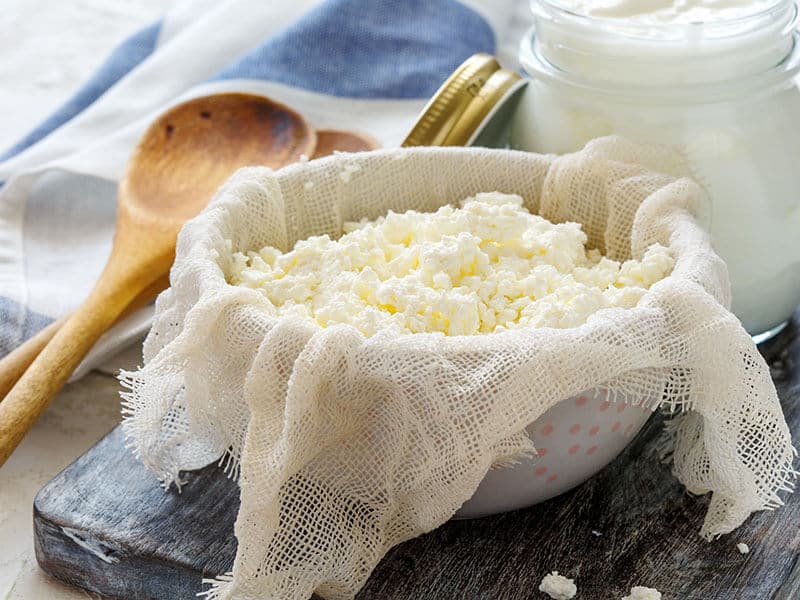
Can’t find any cheesecloth substitute? Cheesecloth is a useful utensil for you to do many things, not only make cheese. You can make vegetable couscous, ricotta cake, almond milk, etc. with the help of a cheesecloth.
In most cases, cheesecloth is not that necessary if you are not professional in making cheese. Instead, you can use many other tools around your house to substitute for cheesecloth. They also work well as effective tools to strain the cheese.
Read more to see whether your house has any cheesecloth alternative that you can make use of right now! I’m sure that you’ll find something!
What Is Cheesecloth And What Is It Made Of?
Cheesecloth is a porous fabric made of loosely woven cotton cloth. It closely resembles gauze and can be washed, dried, and reused over and over again. It is an excellent tool to strain the liquid and hold the essential part of some recipes.
Cheesecloth comes in various grades, ranging from open to extra-fine weave. Its grade is based on the number of threads per inch constructed. For example, a grade 10 cheesecloth is very thin with 10 x 12 threads per inch, while grade 90 has 44 x 36 threads.
The most important use of cheesecloth is, of course, making cheese. But it can be an amazing tool to make other dishes, such as homemade ketchup, homemade almond milk, fruit drinks, ricotta, tea draining, and many more. (1)
You can find cheesecloth in hardware stores, culinary or kitchen tool stores or supermarkets. However, it may come in many different sizes and shapes that may confuse you, especially when you’re not professional in cooking.
In most emergencies, cheesecloth can always be replaced by the more popular tools around your house, so read more to see what they are and how you can use them to substitute cheesecloth!
See how this woman strains her cheese with classic cheesecloth! Watch this video:
12 Most Impressive Cheesecloth Substitutes
Below is some useful kitchenware that you can use to replace cheesecloth in most emergencies! Stick around this post to find out what they are!
1. Kitchen Towel
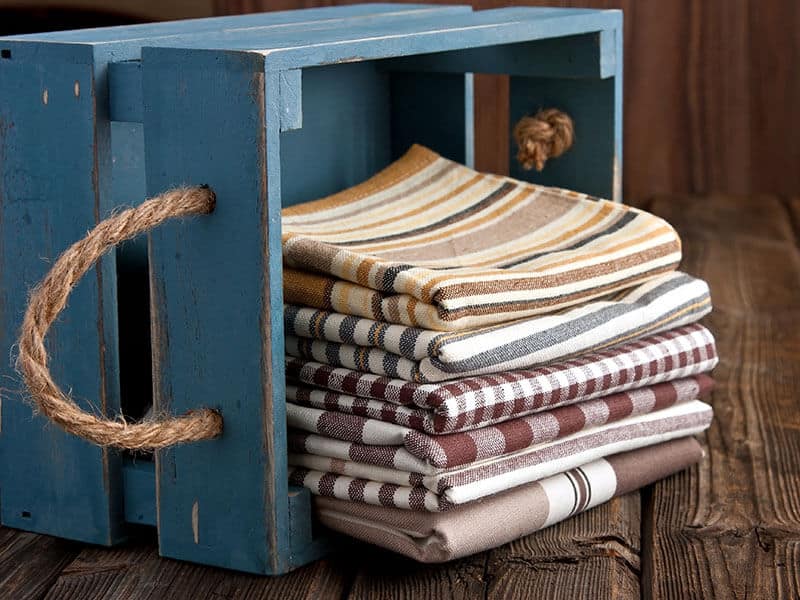
Kitchen towels are the first thing coming to my mind when it comes to cheesecloth replacement because it is the easiest-to-find tool. They have almost the same weave as the cheesecloth, and can be used to make most liquid foods like cheeses, soups, sauces.
Kitchen towels are made from a cotton blend that is a bit thick. This means you’ll have to squeeze harder while straining the liquid. It would be better if you could find some thinner towels to use. Make sure that they don’t consist of any dyes.
Kitchen towels can be a great substitute since they can appear in any kitchen, are easy to wash, and are reusable. A kitchen towel’s main problem is that moisture is more likely to gather on it. Therefore, you should make sure that you’ve cleaned it thoroughly beforehand.
2. Mesh Bag
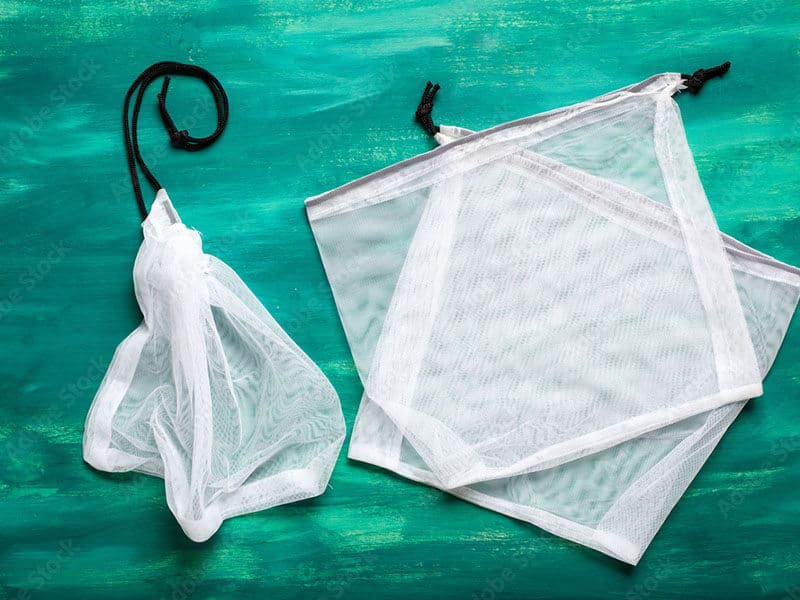
Mesh bags are also a common tool in many situations. They appear in many different types of bags, such as nut milk bags, paint strainer bags, etc. They can be used to wash laundry, remove dirt on a surface, strain paint, and many more.
You can also use mesh bags in culinary situations of straining cheeses, yogurts, broths, sauces, etc. They are so durable and can be an amazing cheesecloth substitute. They even have a finer and thicker texture compared to cheesecloth. They’re also reusable.
Find some mesh bags around your house to get the best result in draining food, and you will regret not using them sooner!
3. Pantyhose
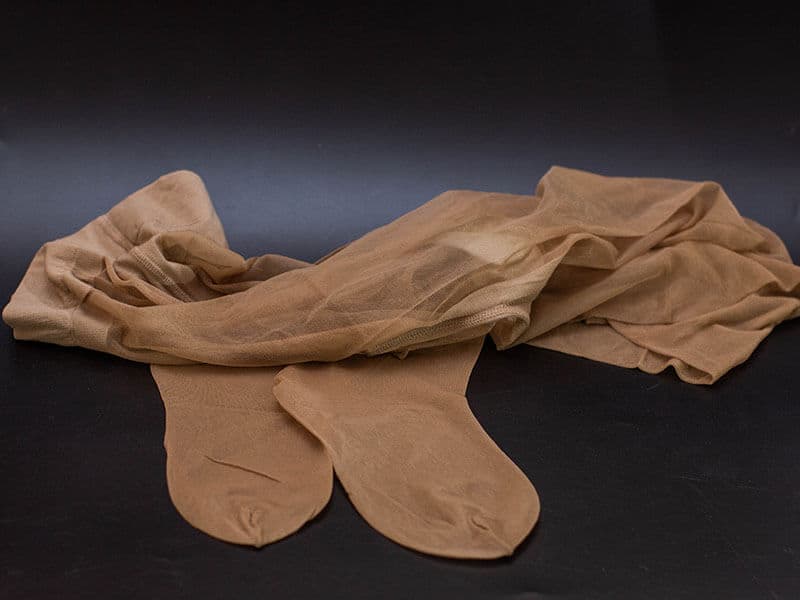
Pantyhose texture is pretty like cheesecloth texture in many ways. It is a kind of women’s socks. It also includes threads and appears in different sizes and shapes. It is pretty thin, and can be torn easily. It is also dyed with nude color or black and white.
If you can’t find anything to replace the cheesecloth, just use the pantyhose in your closet! Make sure that it is washed carefully beforehand. You should also cut and redesign it for better use.
Pantyhose can work well in draining most liquids such as cheese and yogurt. It has a pretty fine texture that can ensure the best result for your dish!
4. Linen
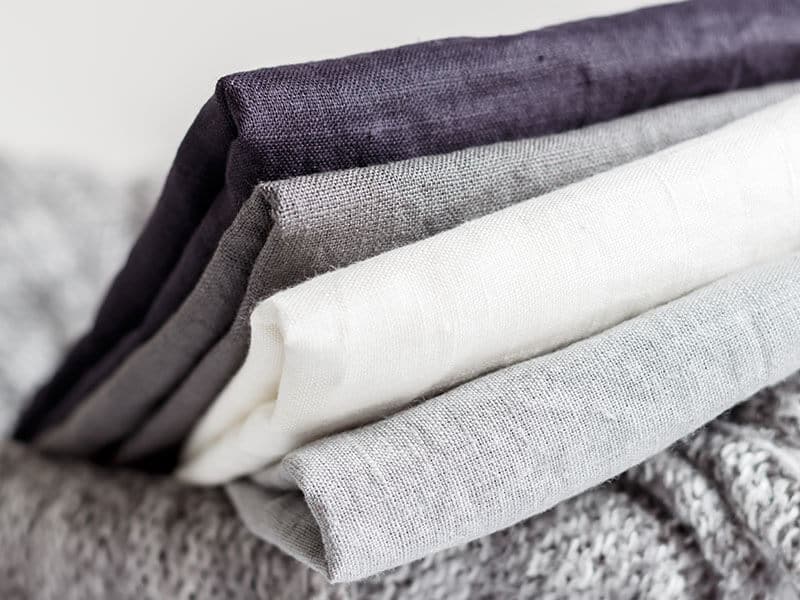
Linen is a super famous cloth when it comes to summer clothing. Some kitchen towels are also made of linen. It is thick and absorbent. The tight weave makes it excellent for liquid food straining. But it may be too tight in texture that sometimes you find it difficult to drain.
Linen is a great equivalent of cheesecloth. Even if you have to put more effort into squeezing the food, the final product will please you with the smoothest and silkiest texture you may have ever imagined!
Linen is superfine to use in making yogurts, sauces, and delicacy cheese! And they are so easy to find, too! You should find fresh and undyed linens to use, so your foods won’t be contaminated by unwanted elements.
5. Muslin Fabric
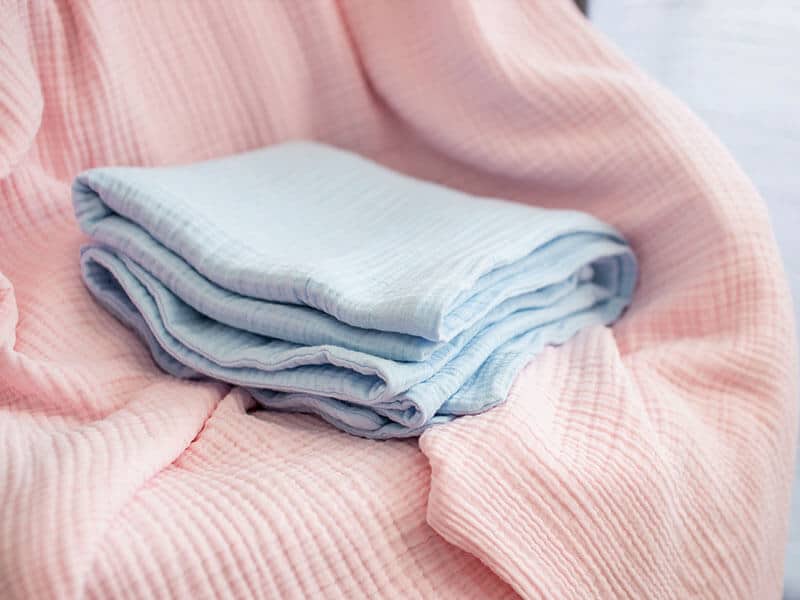
Muslin fabric is also cotton fabric just like cheesecloth. Like linen, it is commonly used to stew clothing but it is more popular than linen for culinary purposes. They are used as a filter to separate the liquids from mush, or wrap around Christmas pudding. (2)
You can purchase undyed muslin fabric at an affordable price! It is loose enough to let the liquid through easily. Like cheesecloth, muslin won’t leave any dyes on your straining foods since it is neutral in color.
The thing is, muslin fabric may be a little thick for the liquids to get through. So you should consider carefully when using it as a cheesecloth substitute.
Closely observe the texture of muslin fabric to see whether it is suitable for your liquid or not!
6. Wire Sieve
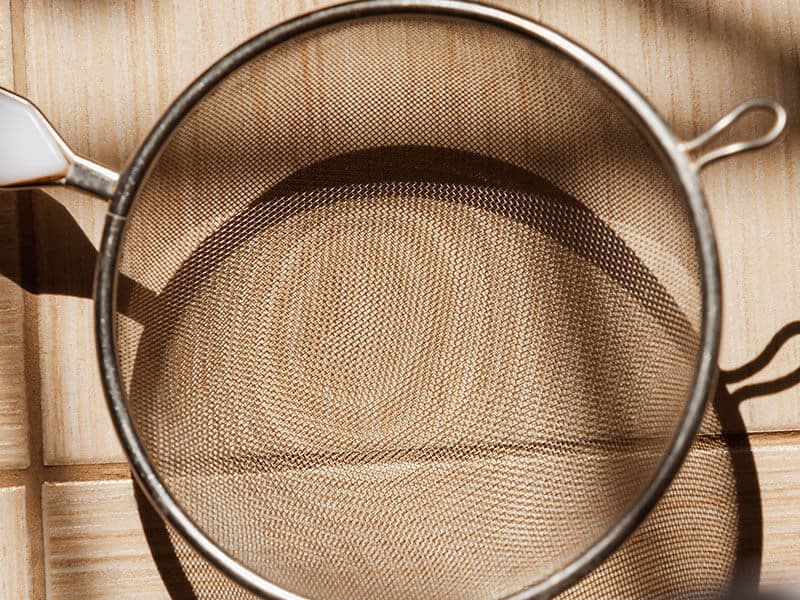
Sieve is a good filter that can appear in any kitchen and can be used to drain most liquids. You may not get the best result when you use cheesecloth but it is an acceptable alternative when you don’t have to eliminate all lumps in your liquid.
Wire sieve can also be used to make jelly or some foods that do not need a very smooth texture, since they cannot completely get rid of lumps. This can be a great point for making some broths and sauces.
It is made of metal so it is hard and not versatile. Although it is not the best choice of all, a wire sieve is totally fine in emergency situations! Don’t hesitate to use it when you don’t know what to replace cheesecloth!
7. Medical Gauze
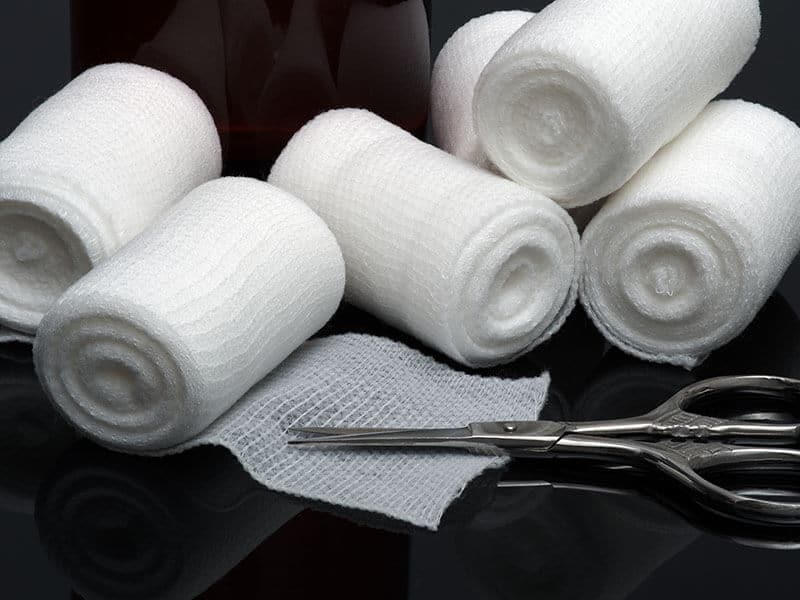
Have you ever used medical gauze? It is a perfect substitute for cheesecloth since it looks exactly like cheesecloth at first glance! It also has many grades with thick and thin levels. It appears in different sizes and needs to be cut and redesigned beforehand.
Medical gauze appears in every house’s emergency kit and it is super helpful for medical purposes. In cooking, it can be used just like cheesecloth to drain foods, with 3 to 4 layers. However, most medical gauze is thinner and harder to adjust than cheesecloth.
Medical gauze can save you in emergency situations, in both life and the kitchen! It can help you in the making process of cheese or ricotta. So why don’t you use it to drain your homemade cheese? I’m sure that it will surprise you a lot!
8. Coffee Filter
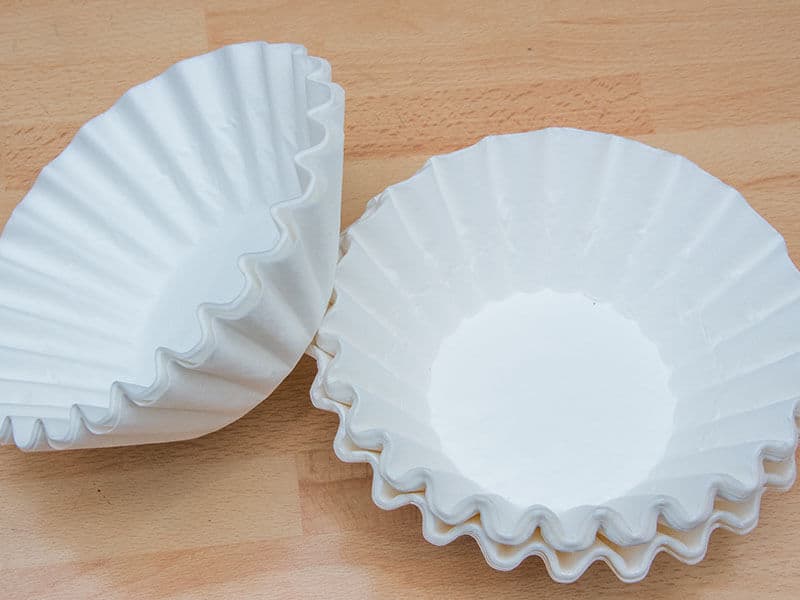
Coffee filters are usually used, of course, in making coffee. The disposable ones are made of thick paper that can drain the ground coffee into an aromatic coffee texture. Nevertheless, it is still paper and can easily get torn apart. So, you should be careful when using it.
Using a coffee filter to drain something else is actually possible since the texture of the coffee filter looks really like that of cheesecloth. You can both use the disposable or reusable coffee filters in place of cheesecloth; however, I would prefer disposable ones.
Using disposable coffee filters can help you avoid the unwanted smell from the last ground coffee because the coffee taste is strong. Make sure that they are cleaned thoroughly when you use reusable filters! You can use them to make delicacy cheeses or sauces.
Comparing these two basic types of coffee filters can help you decide which one is the best for your liquids!
9. Straining Cloths
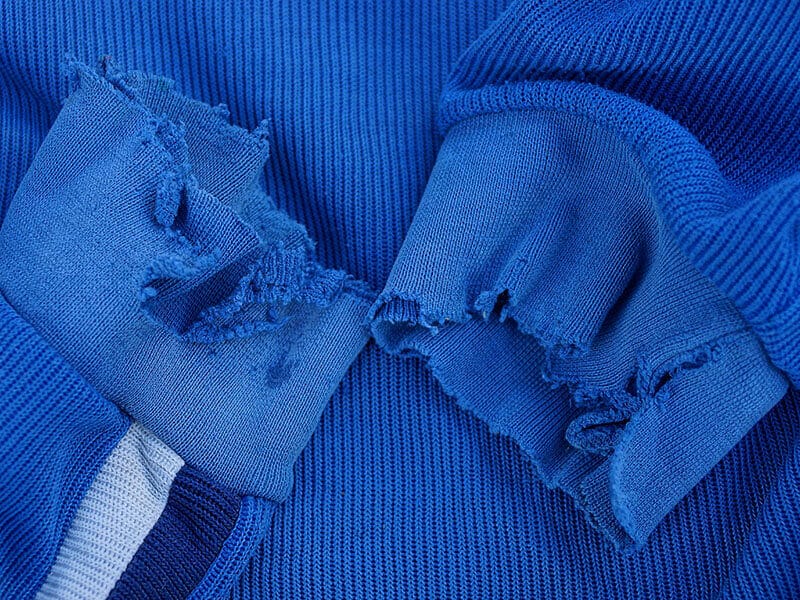
Using straining cloths may be a great way in red-light situations! They are made of cotton and may vary in size, shape, so you should choose and use them wisely.
When you choose the straining cloths to replace the cheesecloth in cooking, make sure that the cloths are loose enough for the liquid to get through. As other reusable cheesecloth replacements, they should be washed carefully beforehand.
Straining cloths may be a great option in cheesecloth alternatives in making most liquid foods such as cheese and almond milk. You’ll love them immediately if you know how to use them in the right way!
10. Flour Sack
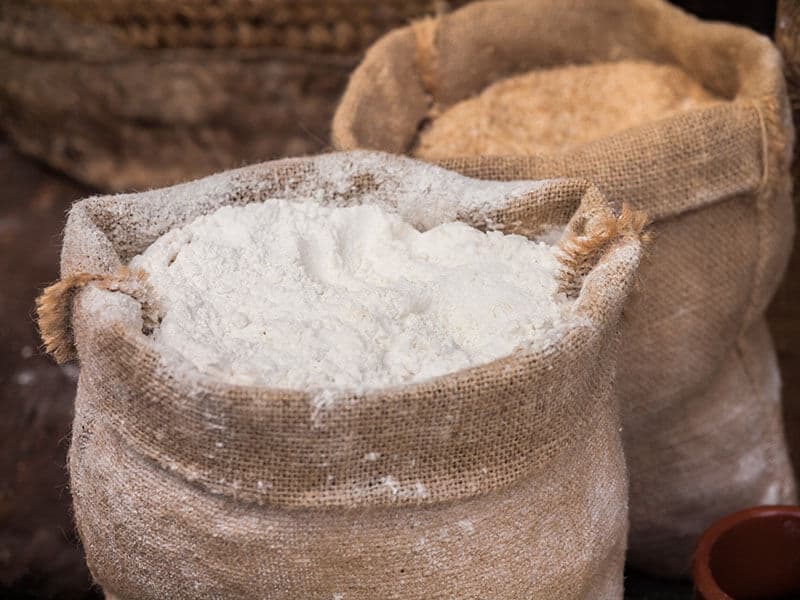
Flour sacks are sheets of fabric from thin cotton threads. Sounds like cheesecloth, huh? The weave of most flour sacks is tighter than cheesecloth but it is loose enough to work well as a food filter.
With flour sacks, using one layer of them is enough to strain easy liquids. Two layers of flour sacks are perfect for making yogurts and cheeses. The more layers you add, the smoother texture you may get at the end!
Flour sacks can do more than just drain foods! They can also be used to protect cooked foods from annoying insects and cover the rising bread. It is such a useful culinary tool that you should use right away!
Towers made of flour sacks are useful and good enough to be a cheesecloth replacement! You can see this video to know more:
11. Thick Paper Towel
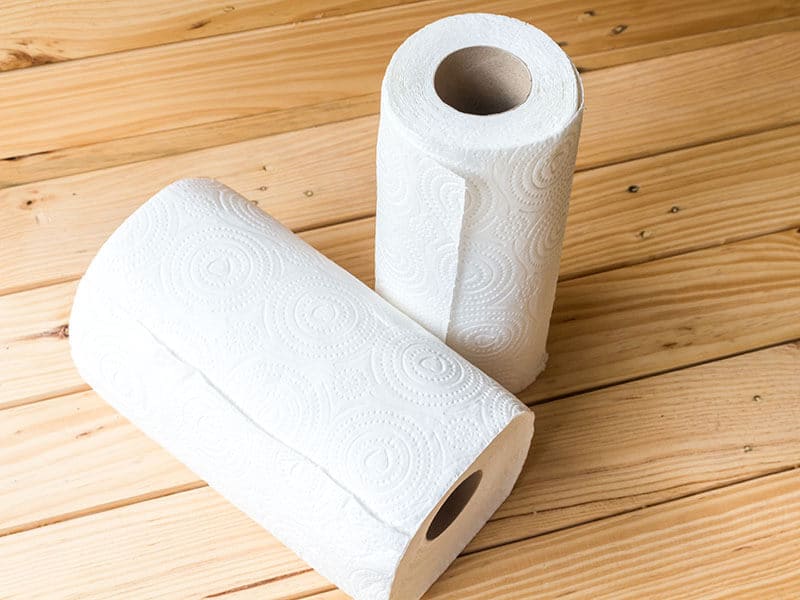
Paper towels may sound unusual as a filter for your foods, but actually, they are great to strain soups or stews. You should choose some thick paper towels to maintain the best quality.
As a cheesecloth alternative, paper towels can be a problem since they absorb the liquid quickly and you have to use a lot of them to avoid breaking the straining process. Using high-quality paper towels may be good advice!
12. Socks
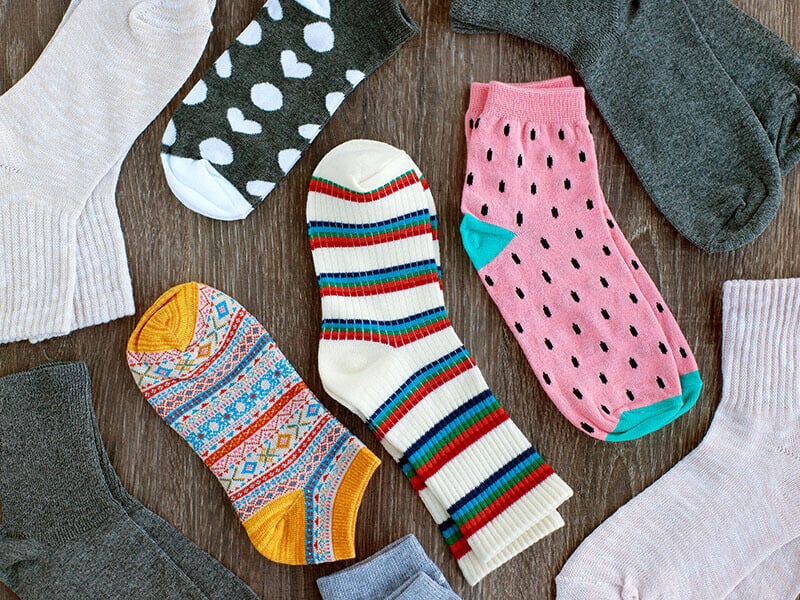
“Socks? The things to wear on my feet? How can they be an alternative for cheesecloth?” I bet that these questions have popped up in your head when you read this section! Yes, they may sound odd to you but they are actually one of the most convenient options to choose!
Cut and stretch the available socks tightly over a bowl or a container and use them as a filter. However, make sure that you have cleaned them considerably beforehand. I would recommend you to use new socks.
Socks may come in many textures and sizes, but most of the time, they are made from cotton that is mostly thick. Try this unusual cheesecloth replacement to drain your homemade cheeses or yogurts and trust me, you’ll be amazed by what the socks can do!
FAQs
There must be some questions wandering in your head when you read this post, right? Here comes the Q&A section! These are some frequently asked questions and short answers only for you to solve the problems with cheesecloth replacements!
Have You Found Your Suitable Cheesecloth Substitute?
Has the perfect cheesecloth to you been revealed? What is your favorite one, and what is already available in your house right now? Tell me more about that by commenting below this post! Some of these substitutes may sound strange, but I’m sure that they’re all helpful.
Remember to like, share this post if you feel that it can help you and your friends with exciting tips! Subscribe to the newsletter and get more amazing culinary-related secrets every single day! See you later in the next articles!
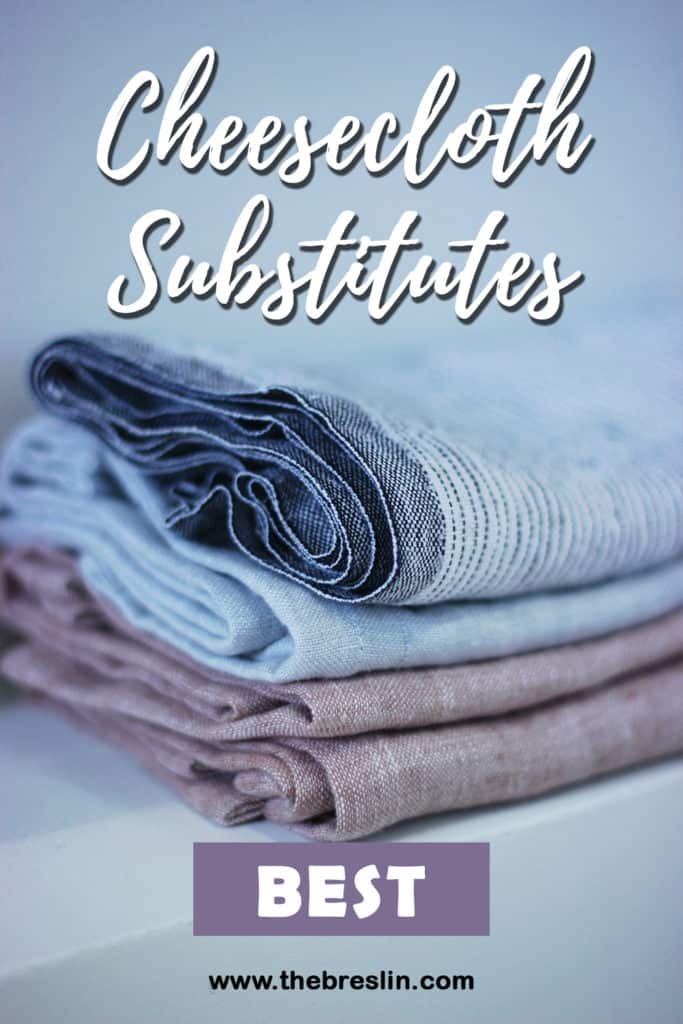
References
- En.wikipedia.org.. Cheesecloth – Wikipedia.
- En.wikipedia.org.. Muslin – Wikipedia.



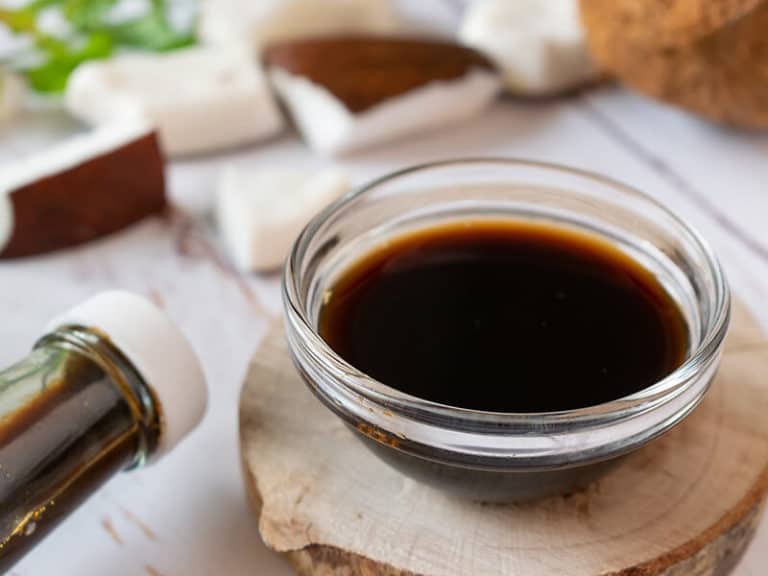
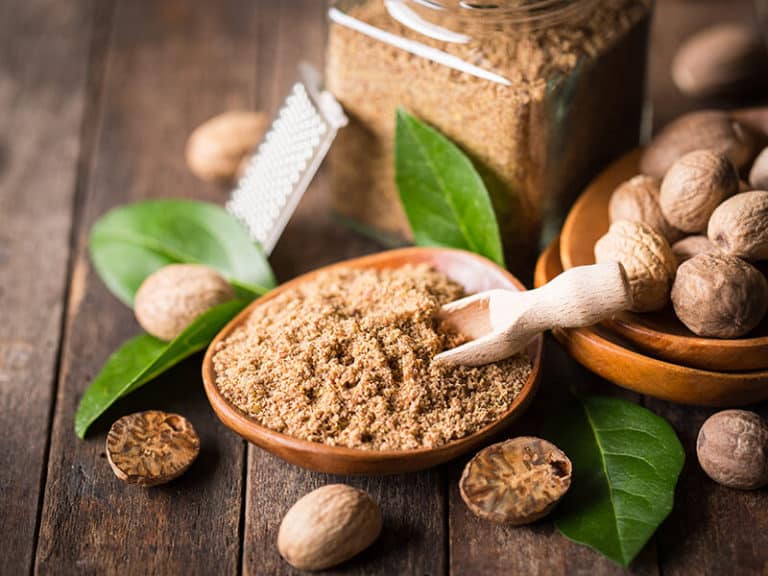
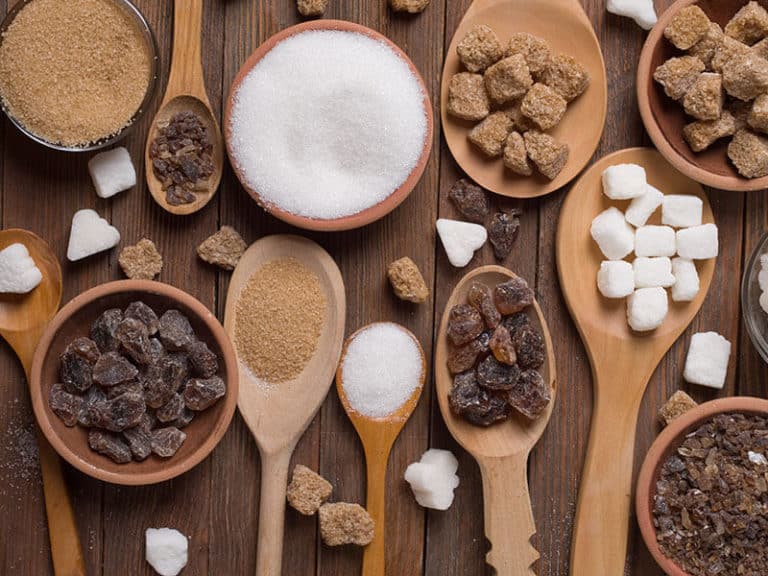
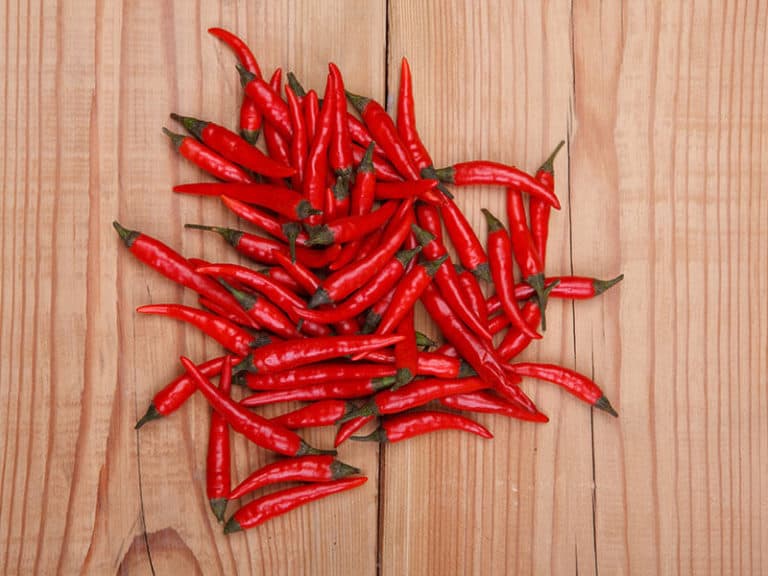
Amanda Collins
Founder and Senior Culinary Editor
Expertise
Culinary Arts and Management, Food Journalism and Critique, Recipe Development and Testing, Global Culinary Traditions, Sustainable Food Practices
Education
Institute of Culinary Education (ICE), New York, NY
Program: Diploma in Culinary Arts
Focus: Intensive hands-on training in culinary techniques, recipe development, and kitchen management, preparing students for professional roles in the culinary industry.
Monroe College, New Rochelle, NY
Program: Associate in Applied Science in Culinary Arts
Focus: Practical culinary skills, including cooking techniques, menu planning, and kitchen operations, with an emphasis on hands-on experience and industry standards.
Amanda Collins is a seasoned chef and food editor with a deep love for global flavors. Trained at the Institute of Culinary Education and Monroe College, and with over 15 years in the culinary field, Amanda has refined her skills in kitchens worldwide. Her background in food studies gives her a unique ability to share both recipes and the cultural stories that shape them.
As senior culinary editor at thebreslin.com, Amanda’s work brings authentic dishes to life, inviting readers to explore new flavors and techniques from around the globe. Her approachable style makes it easy for anyone to bring a bit of the world’s cuisine into their kitchen.